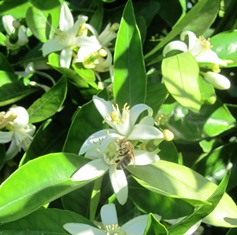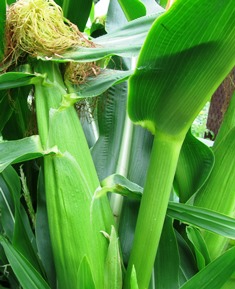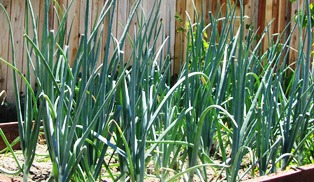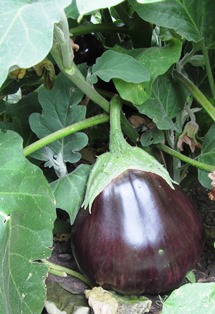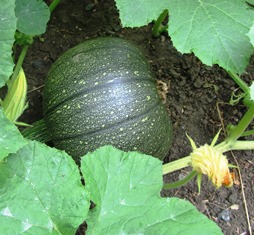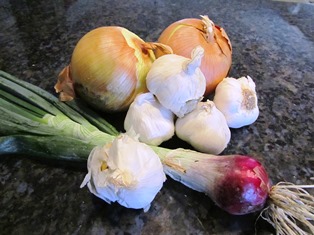Blog Archives
Edible Flowers Add Flavor and A Flourish
Picture a red nasturtium or peppery-tasting marigold displayed around a mound of lemony-yellow butter. Or, imagine the beauty of a handful of sugared purple violets or red rose petals, sans the sour petal base, crowning an iced picnic cake.
During bygone eras when the Romans ruled the world or Queen Victoria reigned during the age named for her, flowers weren’t just for bouquets on the table, they formed an integral part of the food that was consumed.
Many flowers and seeds are poisonous, so it is imperative that you correctly identify any flower or plant you plan to eat or use on food. Also, make sure you are not allergic to the plant before integrating its blooms into your diet.
Several edible florals include the blossoms of herbs such as lavender, dill, garlic chive, coriander, basil, bee balm, marjoram, oregano, anise hyssop, winter savory, summer savory, sage, and mint. Also edible are the flowers of certain varieties of pumpkins, squash, cauliflower, scarlet runner bean, radish, sweet garden pea, and fennel.
Consider also the delicate blooms of society garlic, dianthus, pansy, signet marigold, red clover, African marigold, plum, scented geranium (rose, lemon). You can candy the blossoms of apple and crabapple, but the seeds are poisonous.
Some blooms, such as hibiscus (China rose), mint, rose, and chamomile are used to flavor teas. Lemon blossoms will have a slightly bitter taste whereas orange blossoms are sweet but both are lovely floating in crystal bowls of punch.
Research your chosen plant and correctly identify it before using it in any food preparation. See, http://www.extension.iastate.edu/publications/rg302.pdf
Also see, http://www.ext.colostate.edu/pubs/garden/07237.html
Garden Tuck-ins and New Plantings
From our Henny Penny Farmette organic garden, I am already harvesting tomatoes, squash, eggplant, peppers, cantaloupe, and ears of corn. But just because I’m harvesting crops now doesn’t mean I’m finished planting for the year.
In fact, in late June and July, while I am enjoying the healthy summer bounty from our garden, I like to think about what else I might plant, like more corn as a succession planting, or tucking in something new where onions or lettuces have been pulled.
In Northern California, we have the dry season (hot weather) and rainy season (cool and wet). The weather is temperate and I have learned to plant vegetables according to when they grow best.
This is the perfect time to plant beans, corn, melons, parsnips, potatoes, pumpkins, radishes, rutabaga, and turnips.
Then as the months of the fall season approach, I plan to tuck in a few cool season crops (bok choy, cabbage, carrot, fava bean, lettuces, peas, radicchio, and spinach) and root vegetables such as turnips, leeks, and onions.
 Facebook
Facebook Goodreads
Goodreads LinkedIn
LinkedIn Meera Lester
Meera Lester Twitter
Twitter







